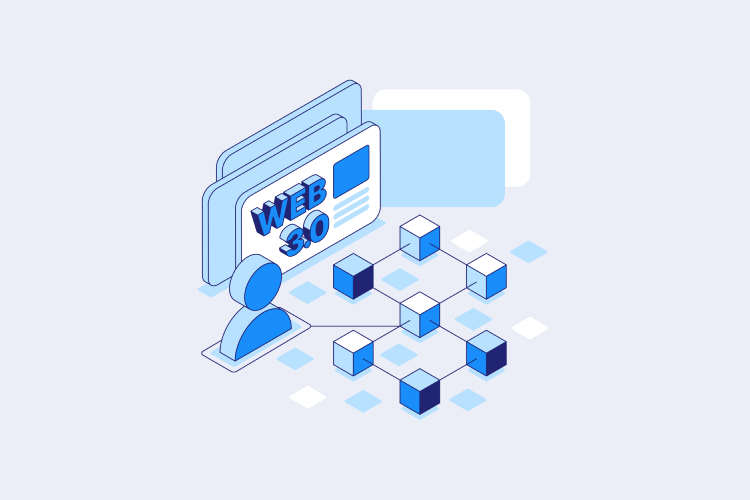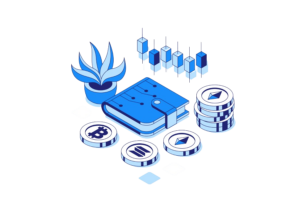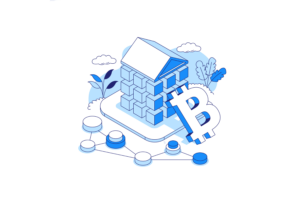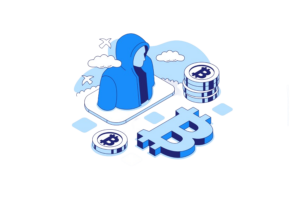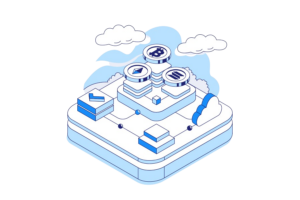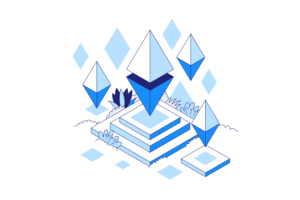Web 3.0 is still evolving and being defined, which means there is no universally accepted definition. However, it’s clear that Web 3.0 will focus on decentralized applications and leverage blockchain-based technology. Web 3.0 will also use artificial intelligence (AI) and machine learning to develop smarter and more flexible applications.
The emerging concept of Web 3.0 also includes the idea of a “Semantic Web.” Tim Berners-Lee, the inventor of the web, is an advocate for integrating technological advances in semantics into the web.
The transition from the original Web 1.0, to today’s Web 2.0, has taken more than 10 years. It is expected to take at least another decade – if not longer – to transform the web through the introduction of Web 3.0.
Web 1.0 was a static source of information through which users browsed websites but rarely engaged or interacted with them. Web 2.0 saw the advent of an interactive and social web that enables collaboration among users.

How will Web 3.0 work?
Web 1.0 and Web 2.0 technology is based on using Hypertext Markup Language (HTML) to define the layout and delivery of webpages. HTML will remain crucial to Web 3.0, but how it interacts with data sources could change.
Much of the web and almost all the applications in the Web 2.0 period relied on a central database to store data and provide functionality. Web 3.0 will see applications and services use blockchains that are decentralized, with no arbitrary central authority.
The concept of a “decentralized autonomous organization” (DAO) is a governance model popular within the blockchain and Web 3.0 community. Instead of a single authority overseeing the operation of a platform, a DAO could allow for self-governance through a decentralized model.
Web 3.0 also fundamentally works with cryptocurrencies, more so than fiat currencies. Finance and the ability to pay for services and goods with a decentralized payment method are possible in Web 3.0 through cryptocurrencies, which are developed and enabled through blockchain technology.
Web 1.0 and Web 2.0 were mainly developed using the IPv4 address space. In the context of the rapid growth of the web over the years, Web 3.0 must have more internet addresses, and IPv6 can provide that.
How does Web 3.0 compare to Web. 2.0?
The first Web version, known as Web 1.0, was developed and defined by Tim Berners Lee in 1989. Web 1.0 was about basic connectivity and access between static websites. The first Web version was in use until about 2004 when Tim O’Reilly helped coin the term Web 2.0.
Web 2.0 refers to applications and websites that use user-generated content to benefit users. Web 2.0 is used for many websites today and focuses on user interaction and collaboration as well as more universal connectivity and communication channels.
The main difference between Web 2.0 and 3.0 is that Web 3.0 focuses on techniques like machine learning and AI to deliver relevant content to each user. Web 2.0 allows users to participate and collaborate on site content, but Web 3.0 will most likely transfer these tasks to the Semantic Web and AI. Web 3.0 also focuses heavily on the decentralization of services and authority, which is a major difference compared with the centralization seen in Web 2.0.
What applications will Web 3.0 use?
With the blockchain as its foundation, Web 3.0 enables a growing number of services and applications, such as:
- Nonfungible Tokens: Also known as NFTs, these are tokens stored in a blockchain with a cryptographic hash that makes the unit of the token unique
- Decentralized finance: Also known as DeFi, this is a brand new use case in Web 3.0 that uses the decentralized blockchain as the basis for financial services that can be accessed without the constraints of traditional banking infrastructure
- Cryptocurrencies: Cryptocurrencies such as Bitcoin are Web 3.0 applications that help create an entirely new currency intended to be independent of legacy global fiat currencies
- DApp: Decentralized applications or “dApps” are programs that use blockchain technology and smart contracts to deliver services in a programmed approach recorded in an immutable database
- Cross-Blockchain Bridges: Many blockchains are part of the Web 3.0 world and the goal of cross-chain bridges is to enable interoperability between them
- Decentralized Autonomous Organizations: Also known as DAOs, these could become the primary organizational bodies for managing Web 3.0 services, providing structure and decentralized governance
Conclusion
Web 3.0 is the third generation of web technology and is expected to incorporate ideas like automation, decentralization, blockchain technology, and cryptocurrency use. This new generation will aim to provide web users with more relevant content through the use of machine learning and AI.


